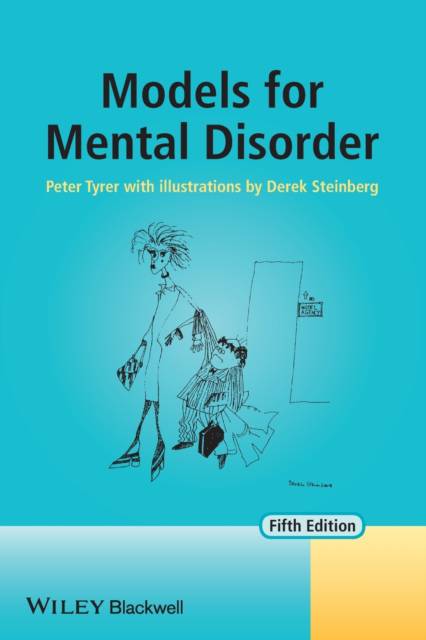
- Afhalen na 1 uur in een winkel met voorraad
- Gratis thuislevering in België
- Ruim aanbod met 7 miljoen producten
- Afhalen na 1 uur in een winkel met voorraad
- Gratis thuislevering in België
- Ruim aanbod met 7 miljoen producten
Omschrijving
Models for Mental Disorder, first published in 1987, anticipated the move towards integration of psychiatric services into multidisciplinary teams (doctor, psychologist, nurse, social worker, etc) and the need to bring together the different philosophies of mental illness. Peter Tyrer has identified four different models of mental disorder that are relevant to clinical practice: the disease, psychodynamic, cognitive-behavioural and social models. Each model is described and reviewed, with reference to case studies and illustrations, to show how it relates to mental health disorders and can be used to interpret and manage these disorders.
The book has been widely read and is often used for training purposes so that each professional can understand and appreciate that differences in viewpoint are often a consequence of one or more models being used in a different way rather than a fundamental schism in approach.
Since the fourth edition was published in 2005, the disciplines of mental health have moved even closer together with the growth of assertive outreach and more integrated community teams. This, combined with the greater awareness of mental health among users of services, which leads to more penetrating and informed questions at interviews with professionals, has emphasised the need for a wider understanding of these models.
Table of contents
Chapter 1 Introduction
Chapter 2 The Disease Model
Chapter 3 The Psychodynamic Model
Chapter 4 The Cognitive-Behavioural Model
Chapter 5 The Social Model
Chapter 6 Working Models in Practice
Appendix 1 Teaching Exercise: Teaching the Models
Glossary of Terms
Specificaties
Betrokkenen
- Auteur(s):
- Uitgeverij:
Inhoud
- Aantal bladzijden:
- 208
- Taal:
- Engels
Eigenschappen
- Productcode (EAN):
- 9781118540527
- Verschijningsdatum:
- 7/10/2013
- Uitvoering:
- Paperback
- Formaat:
- Trade paperback (VS)
- Afmetingen:
- 150 mm x 226 mm
- Gewicht:
- 272 g

Alleen bij Standaard Boekhandel
Beoordelingen
We publiceren alleen reviews die voldoen aan de voorwaarden voor reviews. Bekijk onze voorwaarden voor reviews.












